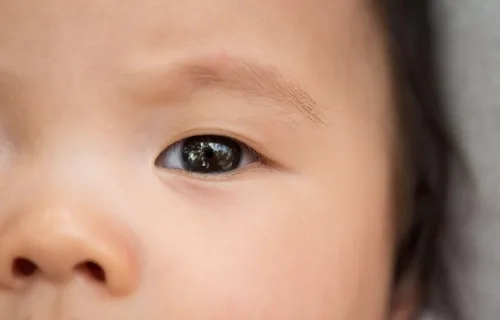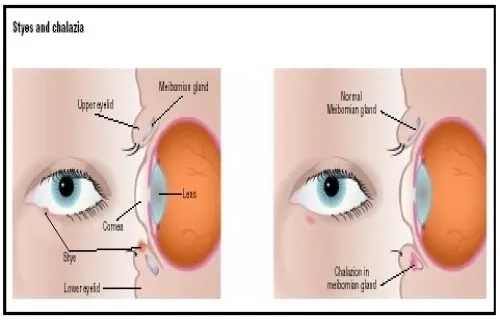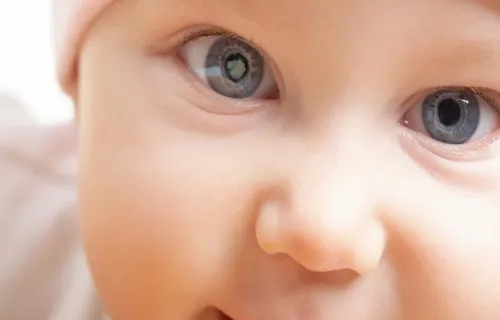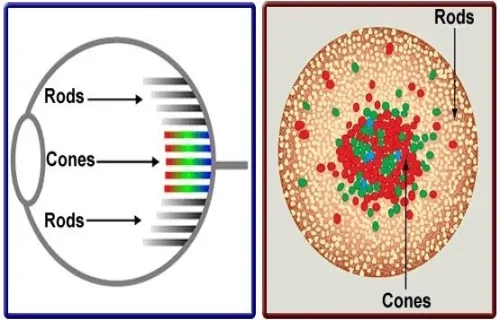
As you prepare to welcome your little one, you’ll be making many important decisions—from choosing your O&G doctor to selecting your preferred hospital. But have you considered the one medical decision that could make a lasting impact on your child’s future health?

Welcoming your newborn is a joyous occasion filled with many decisions. One important decision to consider is cord blood banking — the collection and preservation of lifesaving stem cells from your baby’s umbilical cord. This simple, painless procedure can offer significant health benefits for your child and family.

With the impending arrival of a newborn, there are many important decisions that expectant parents have to make—one of which is whether to store their baby’s umbilical cord stem cells. We’ve put together a comprehensive guide to help you understand the benefits, processes, and considerations of umbilical cord banking so you can make an informed choice for your family’s future.

With an attitude of wanting to be prepared for the unknown and for their peace of mind, an expectant couple chose to bank their child's cord blood, a decision that would prove life-changing 19 years later.

Nutrition and weight management before and during pregnancy has a profound effect on the development of infants. This is a rather critical time for healthy fetal development as infants rely heavily on maternal stores and nutrient for optimal growth and health outcome later in life. Prenatal nutrition has a strong influence on birth weight and further development of the infant.

It is important that a pregnant woman should not consume any medication, herbal product or health care supplement unnecessarily or in excess, unless there is strong evidence that she needs it to improve the health of the pregnancy and/or the fetus inside her womb. The use of fish oil during pregnancy and breastfeeding remains contentious. Pregnant women are advised to understand the potential benefits and ills when they decide to take fish oil supplement.

Many people have the misconception that they should only visit the doctor when they are feeling unwell. In fact, regular health screening is one aspect of healthcare that should not be avoided.

Myopia, more commonly known as short-sightedness, is now a global public health concern. In particular, the increasing prevalence of myopia in young children has since become an urgent issue to tackle among eye care professionals globally.

Untrue! Paediatric optometrists are equipped with special tools that enable them to examine the visual ability of a child without the need for much verbal feedback at all. It is important to evaluate and monitor your child’s eye health as his/her eyes are constantly developing and changing as he/she grows.

Dacryostenosis, more commonly known as a blocked tear duct, happens when there is obstruction in the nasolacrimal duct. This usually happens when the tear duct is narrow or when the lower end or top of the duct does not open up as it should at birth which causes blockage2,3. Even though this obstruction may be congenital (already present at birth), it may not be obvious to parents as tear production only starts developing in newborn babies around 2 weeks onwards

A chalazion is a small, usually painless, lump or swelling that appears on your eyelid. A blocked meibomian or oil gland causes this condition. It can develop on the upper or lower eyelid, and may disappear without treatment.

A cataract is any cloudiness or opacity of the lens in the eye, which is normally crystal clear. There are many types of cataracts. Some cataracts are small and do not interfere with vision but there are other cataracts which are large and cause severe vision loss.

Did you know that by having a balanced diet that is low in fat but rich in fruits, vegetables and whole grains can not only help your cardiovascular health but your eye health as well?

Healthy eyes and good vision play a vital role in your child’s learning and development. If the day comes when your child is required to wear spectacles to aid in vision clarity, it is of great importance to choose a suitable and comfortable frame for the child upon a proper eye examination by the ophthalmologist or optometrist.

The prevalence of epiblepharon is about 10% in the paediatric population with predilection for the younger age groups. For some milder cases, the children are able to grow out of this condition as their facial structure matures. There is no gender difference in prevalence.

Colour vision deficiency is the inability to distinguish certain shades of colour under normal lighting conditions. The term "colour blindness" is more commonly used to describe this visual condition, but very few people are completely colour blind.

Your baby learns to see over a period of time - very much like how they learn to walk and talk. Vision, and how the brain uses the visual information, are learned skills. Eye and vision problems in infants can cause developmental delays.

Taking regular breaks after every 30-40 minutes of reading, writing, or playing the computer is recommended. Time spent on electronic devices such as tablets, mobile phones or handheld devices should be reduced too.

Singapore’s recent hot weather and high temperatures between 25 and 34 Degree Celsius prompt us to put on our sunscreen and sunglasses diligently. The main reason of course, is to protect ourselves against the ultraviolet radiation from the sun.

Vitamin D is sometimes called the “sunshine vitamin” because it is produced in our skin in response to sunlight. Therefore, reasonable exposure to ultraviolet radiation from the sun can be a good source of vitamin D. This exposure of 10–15 minutes, on a frequency of two to three times per week will cause the skin to produce enough vitamin D. It is not necessary to expose the face to the UV, as facial skin provides little vitamin D.



